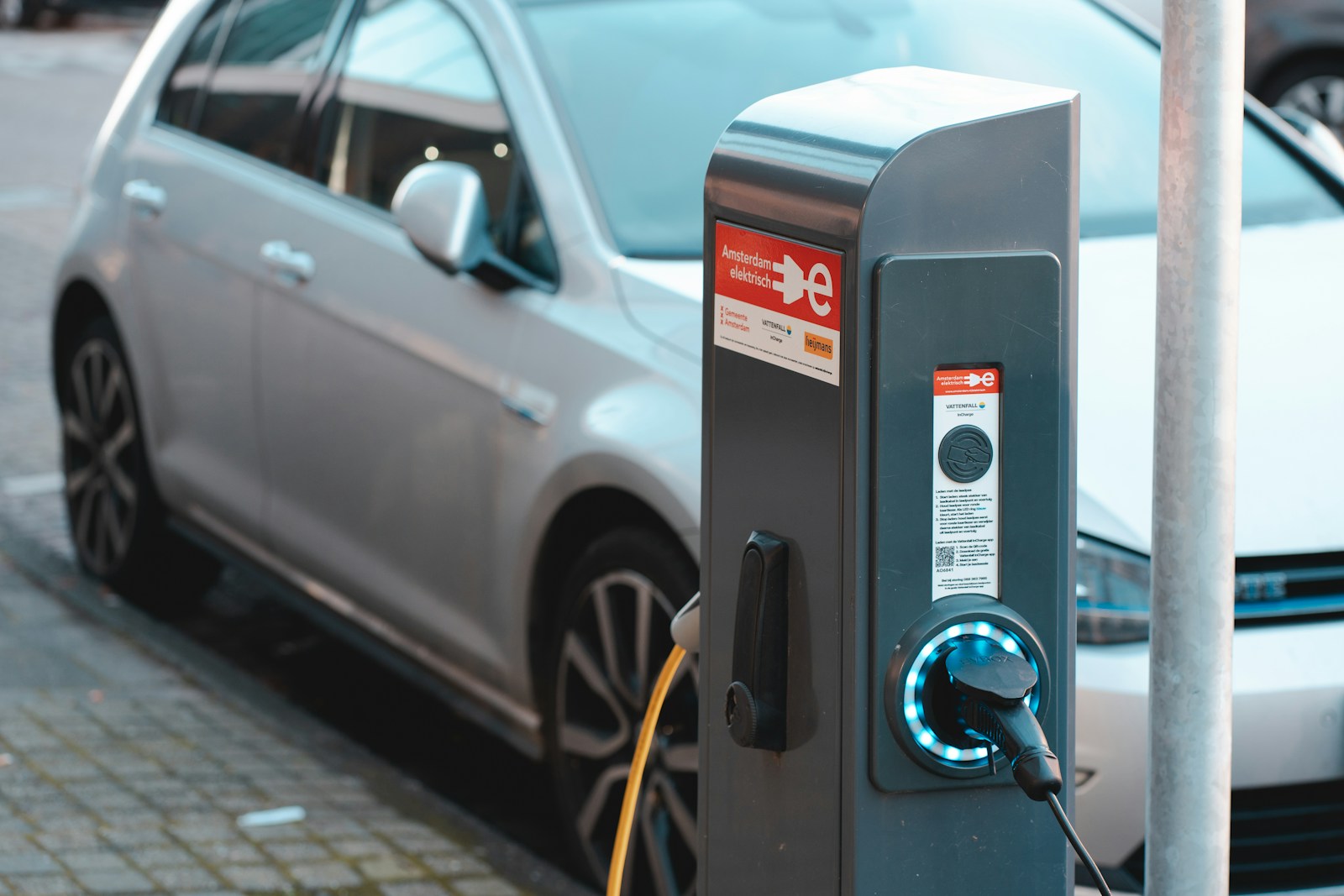As the world strides towards a greener future, the automotive industry has been at the forefront of this transformation, offering consumers eco-friendly options that not only promise a reduction in carbon footprint but also an enhanced driving experience. In 2024, the spotlight shines brightly on hybrid and electric vehicles (EVs) as the leading contenders for those looking to make an environmentally conscious vehicle choice. This comprehensive guide will navigate you through the nuances of hybrid vs. electric cars, empowering you with the knowledge to make an informed decision that aligns with your eco-friendly goals and lifestyle needs.

The Evolution of Green Vehicles
Over the past decade, the automotive landscape has undergone a significant shift, with manufacturers investing heavily in green technology to combat climate change and reduce dependency on fossil fuels. This evolution has led to the development of highly efficient hybrid and fully electric vehicles, each offering distinct advantages and catering to different consumer needs.
Hybrid Cars: A Blend of Tradition and Innovation
Hybrid vehicles represent a middle ground between traditional combustion engine cars and fully electric vehicles. They are equipped with both a gasoline engine and an electric motor, which work in tandem to offer improved fuel efficiency and reduced emissions. The beauty of hybrid cars lies in their versatility; they can switch between or combine the power sources based on the driving conditions, ensuring optimal performance and efficiency.
Hybrids come in various forms, including mild hybrids, full hybrids, and plug-in hybrids (PHEVs), each offering different levels of electric motor involvement and fuel economy benefits. For instance, PHEVs can be charged externally and run on electric power alone for short distances, making them an excellent option for city driving with the added flexibility of using gasoline for longer trips.
Electric Cars: Pioneering a Zero-Emission Future
Electric vehicles, on the other hand, are powered exclusively by electric batteries, completely eliminating the need for gasoline. This not only means zero emissions but also a quieter, smoother driving experience. EVs have witnessed exponential growth in popularity, thanks to advancements in battery technology, which have significantly increased range and reduced charging times.
One of the most appealing aspects of electric cars is their minimal maintenance requirements, as they have fewer moving parts compared to traditional engines. However, the initial cost of EVs can be higher, although this is often offset by lower running costs and government incentives aimed at encouraging electric vehicle adoption.
2024: The Landscape of Hybrid and Electric Vehicles
The year 2024 marks a pivotal moment in the automotive industry, with an ever-expanding lineup of hybrid and electric vehicles catering to a wide range of tastes and budgets. From sleek sedans and versatile SUVs to high-performance sports cars, there’s an eco-friendly option for every type of driver.
Performance and Range
One of the key considerations when comparing hybrids and EVs is performance and range. While hybrids offer the reliability of gasoline for long distances, electric vehicles have made significant strides in battery life, with many models now offering ranges that rival or even surpass their hybrid counterparts. Charging infrastructure has also improved, making long-distance travel more feasible for EV owners.
Cost and Incentives
Cost-wise, hybrids generally have a lower entry price than electric vehicles, making them an attractive option for budget-conscious buyers. However, the gap is narrowing as EV production scales up and technology becomes more affordable. Additionally, many governments offer attractive incentives for electric vehicle purchases, such as tax rebates and exemptions from congestion charges, which can make EVs more economically appealing in the long run.
Environmental Impact
From an environmental perspective, both hybrids and electric vehicles offer significant advantages over traditional gasoline cars. However, EVs take the lead in terms of potential for reducing carbon emissions, especially when charged with renewable energy. The manufacturing process for electric vehicles, particularly the batteries, does have an environmental footprint, but ongoing advancements in recycling and battery technology are aimed at mitigating these impacts.
Making Your Choice
Deciding between a hybrid and an electric vehicle in 2024 largely depends on your driving habits, budget, and environmental priorities. For those who frequently embark on long journeys and may have concerns about charging infrastructure, a hybrid could be the ideal choice. Conversely, if you’re looking to maximize your contribution to reducing carbon emissions and can adapt to the charging requirements, an electric vehicle could be your perfect match.
Looking Ahead
As we move forward, the trend towards electrification in the automotive industry is unmistakable. With continuous improvements in technology, infrastructure, and government policies supporting green vehicles, the gap between hybrids and electric cars is expected to narrow further. Consumers are encouraged to consider not just the immediate benefits but also the long-term implications of their vehicle choice on the environment.
In conclusion, both hybrid and electric vehicles offer compelling eco-friendly options for the discerning driver in 2024. By understanding the key differences and considering your personal and environmental priorities, you can choose a vehicle that aligns with your values and lifestyle, contributing to a greener, more sustainable future for all. As the market continues to evolve, staying informed and open to emerging technologies will be crucial in making the most environmentally responsible and rewarding vehicle choices.
Nick is a dedicated auto writer with a deep passion for cars and a constantly evolving garage. As a true car enthusiast, he brings firsthand knowledge and excitement to his posts, offering readers a unique perspective on the latest trends and vehicles. Beyond his love for cars, Nick has a keen interest in real estate and enjoys indulging in clothes shopping. His weekends are often spent traveling the country in good company, exploring new places and making the most of his journey. Through his writing, Nick aims to share his love for the open road and inspire others to appreciate the thrill of driving.
